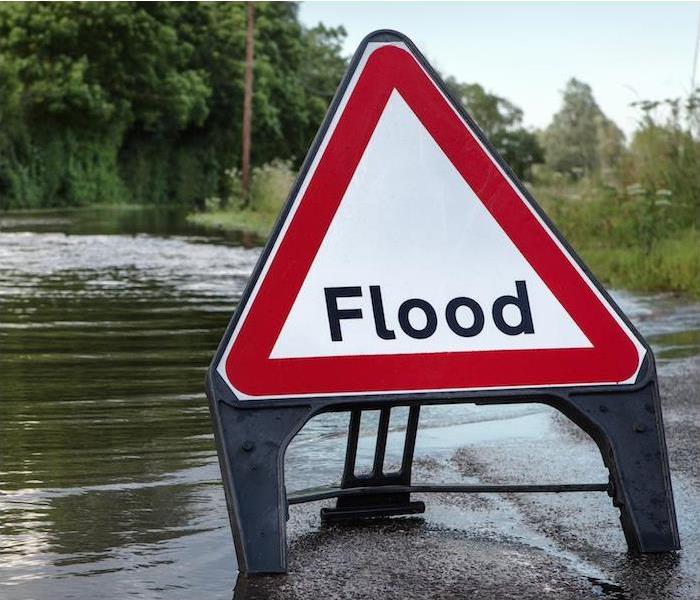The 3 Types of Floods & the 4 Things They Are Often Caused By | SERVPRO® of Alamo Heights
4/12/2022 (Permalink)
 Regardless of the cause of the flooding, SERVPRO of Alamo Heights has the team to help you recover from any disastrous event.
Regardless of the cause of the flooding, SERVPRO of Alamo Heights has the team to help you recover from any disastrous event.
When people think of natural disasters, they often first think of hurricanes, tornadoes or lightning, but many people are surprised to learn that flooding is the most common disaster and that it claims the most amount of lives. It impacts homes, communities and even entire cities depending on the severity of the damage.
Flooding can impact any place throughout the U.S., but many floods have similar causality and traits. There are three main types of flooding, which occur for four typical reasons.
Flash floods occur when heavy rainfall impacts an area, overwhelming the ability of the ground to absorb the moisture. Flash floods are quite common, and excess runoff can carry away small objects, cars and people in its path.
River floods are described in the name. If a river becomes too full to be contained by the river bank, the water can quickly spill over the sides and lead to destruction.
Coastal floods occur by large bodies of water, when storm surges or cyclonic activity leads to oceans or gulfs rising to meet flood levels.
Heavy rainfall. When storms release an excess of rainfall or spend an extended period of time over an area, flash floods and river floods are likely. Urban areas typically carry the most risk, as they have a higher percentage of paved areas that do not have the ability to absorb water.
Oceanic activity. Storm surges, hurricanes and rising tides can cause water levels to rise in waves, which can invade coastal communities and wreak havoc.
Dams and levees failing. Many people are familiar with levee breaks due to the recent disaster of 2005, Hurricane Katrina. When cracks or excess pressure weakens a levee or dam, it overwhelms the structure and overpowers its ability to keep the water contained.
Snowmelts and ice dams. When heavy snow and extended periods of freezing temperatures occur, snow and ice can build up throughout the winter season. When these start to melt, they can lead to an excess of water flowing through an area. Ice dams or ice jams occur when built-up ice blocks water from being carried down the river, which can lead to the bank overflowing.
Regardless of the cause of the flooding, SERVPRO has the tools and teams to help your home or business recover from its disastrous effects. Contact us anytime when flooding or water damage makes a mess in your life.




 24/7 Emergency Service
24/7 Emergency Service